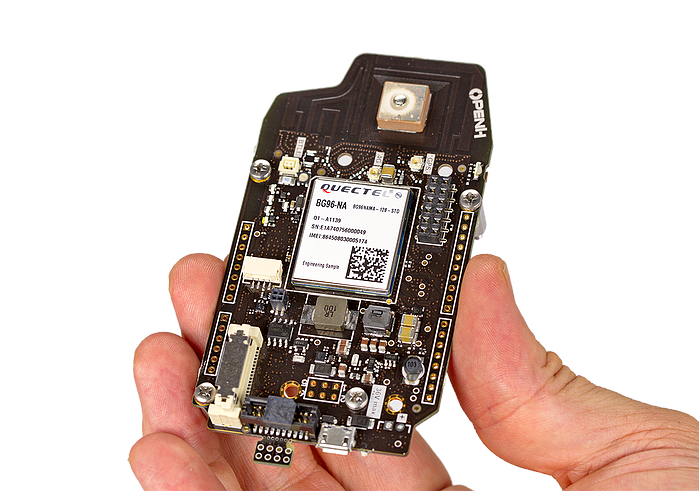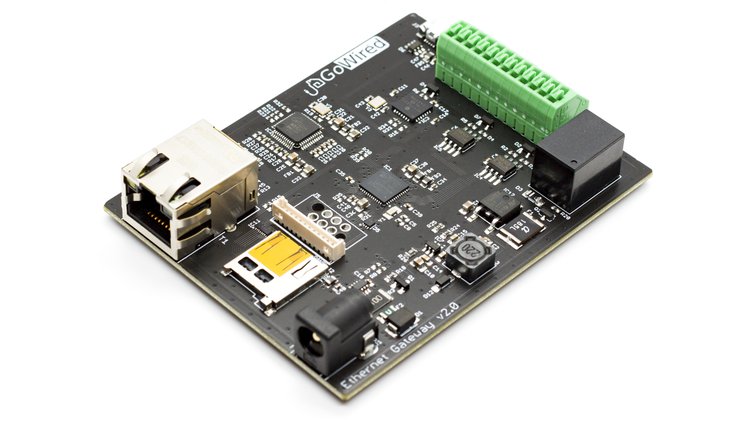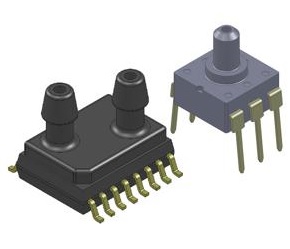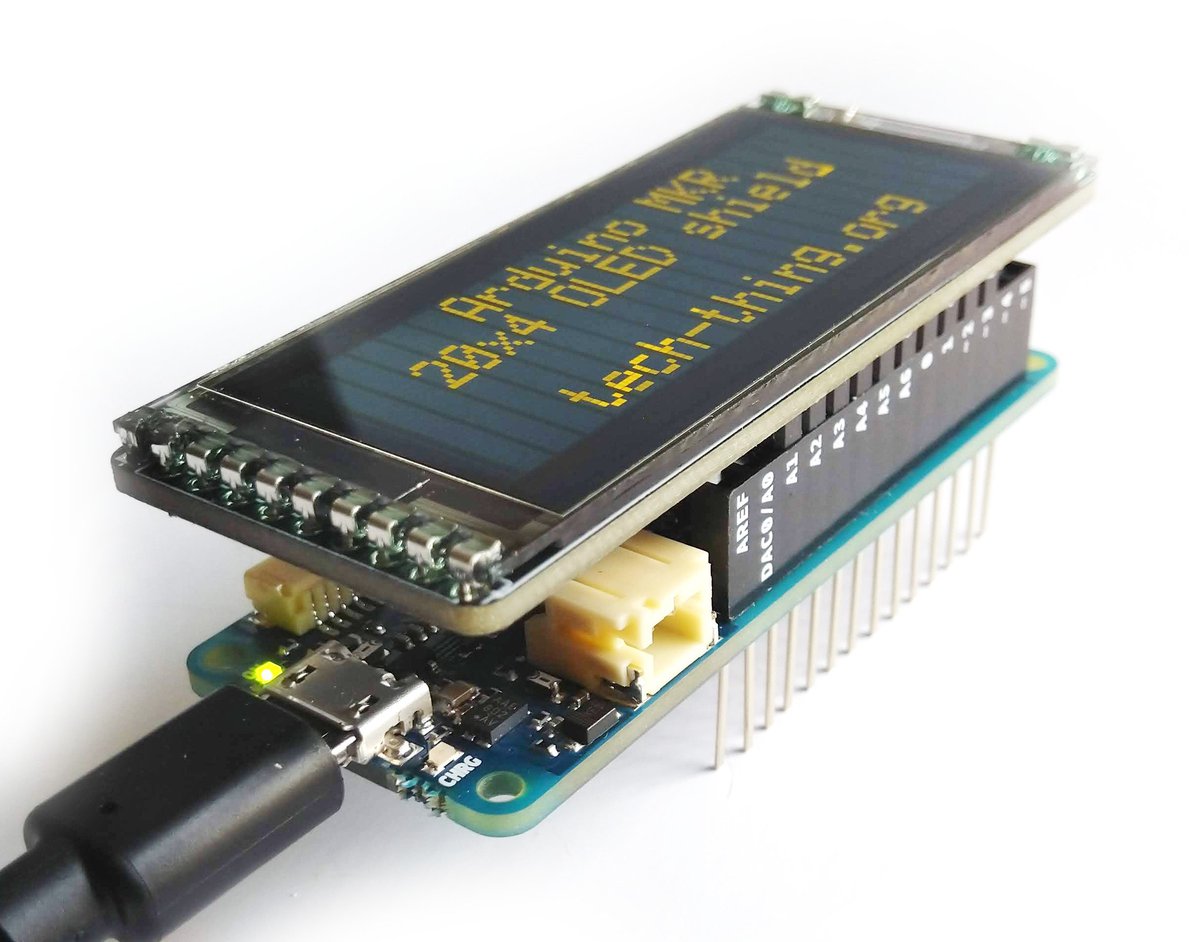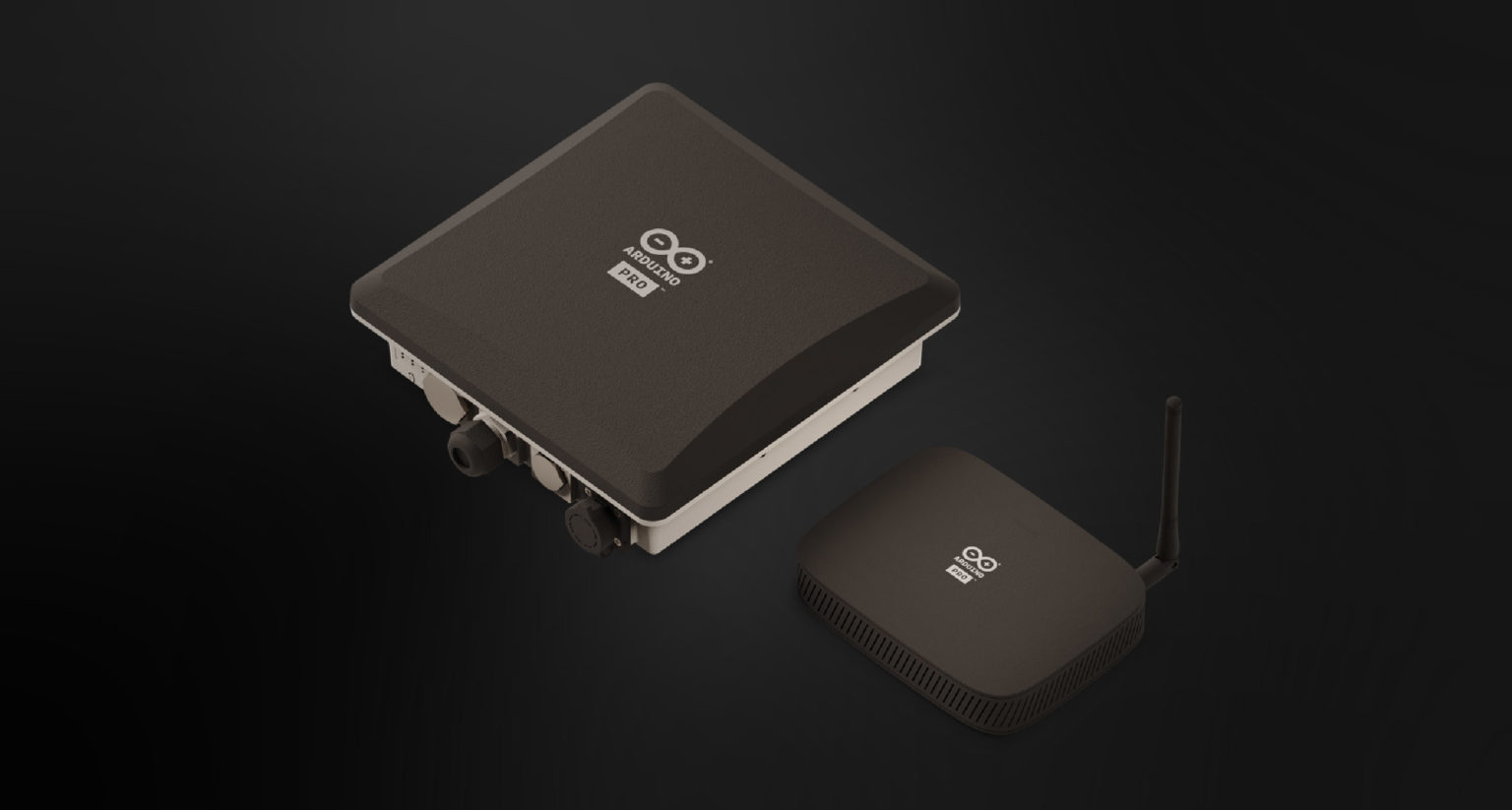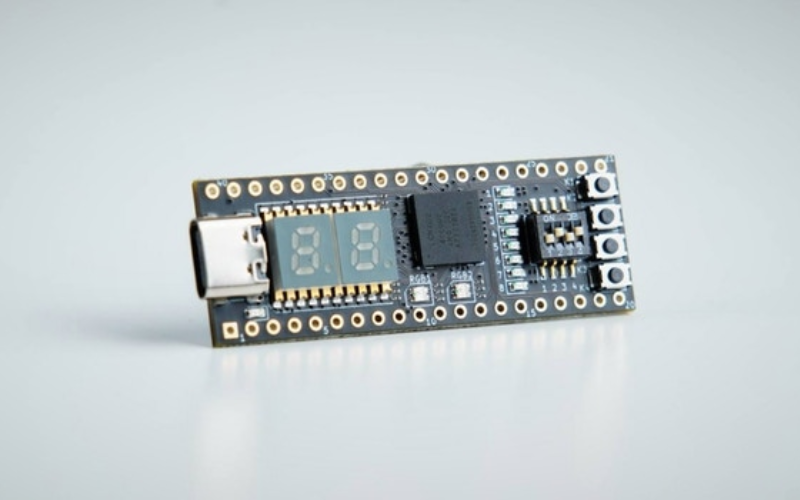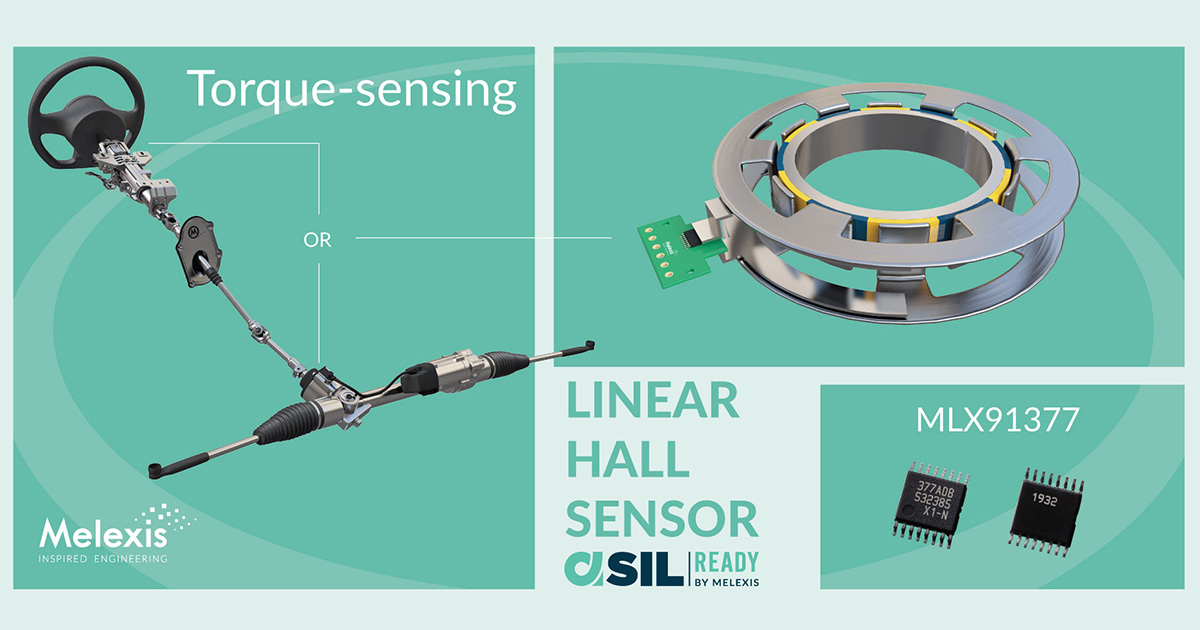
Melexis introduces high-linearity, low-drift Linear Hall sensor for safety-critical automotive torque-sensing applications
ASIL-ready MLX91377 for steering-torque and general automotive sensing.
Melexis announces the MLX91377 ASIL-ready Hall sensor IC suitable for use in safety-critical automotive systems such as electric power-assisted steering (EPAS).
With an ambient operating temperature up to 160°C and combining high linearity with excellent thermal stability, including low offset and sensitivity drift, the MLX91377 supports accurate, dependable torque sensing in EPAS systems to enable safe control in conventional and autonomous driving.
Developed as a Safety Element Out of Context (SEooC), the MLX91377 complies with the ISO 26262 standard and is qualified to AEC Q-100 Grade 0. Supporting functional safety level ASIL-C in digital (SENT or SPC) mode and ASIL-B in analog mode, the MLX91377 offers a high level of functional safety, per die, and can detect internal failures and enter a safe state to prevent unintended vehicle behavior. The available dual die TSSOP-16 package further expands this by offering two fully redundant dies to enable support for safety critical applications like steering and braking systems.
In addition to functional-safety applications, the MLX91377 satisfies a wide variety of automotive and industrial contactless position-sensing use cases including steering torque sensors, acceleration, brake, or clutch pedal sensors, absolute linear position sensors, float-level sensors, non-contacting potentiometers, small-angle position sensors and small stroke position sensors.
The programmable measurement range and multi-point calibration enhance flexibility for designers, and the variety of output protocols enables one IC to be used in multiple applications reducing requalification efforts and costs. The Short PWM Code (SPC) protocol permits measurements to be taken and transmitted upon detection of a trigger pulse. Thus up to four MLX91377 sensors can be synchronized up to 2 kHz, enabling simultaneous magnetic measurements with deterministic latency to ensure high accuracy. In addition, the low-noise and high refresh rate allow high control-loop speeds enabling systems to deliver fast response times with minimal filtering.
The MLX91377, with its 48-bit programmable identification number, is available in a dual-die fully-redundant TSSOP-16 package.
more information: www.melexis.com






